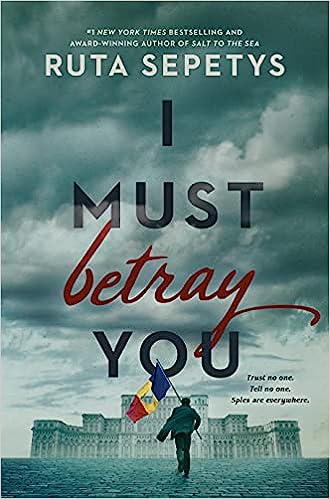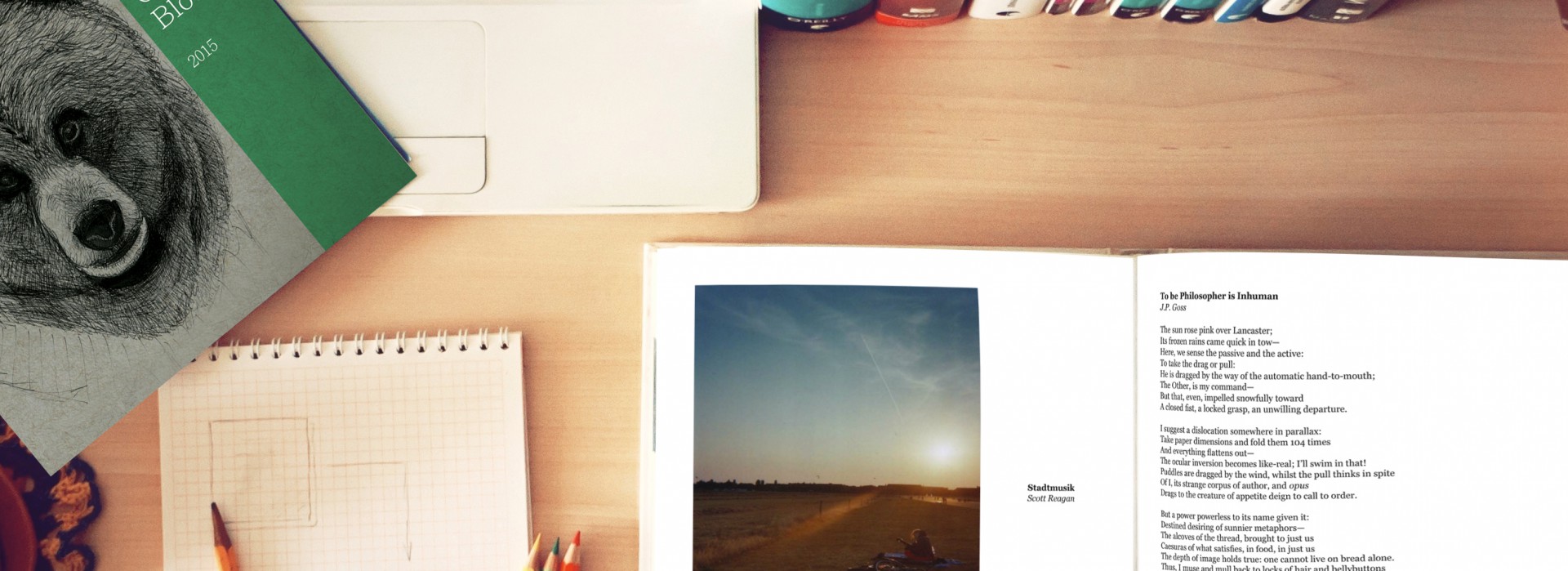reviewed by Yuliya Shepilo

In her 2022 historical fiction novel, I Must Betray You, Ruta Sepetys tells a story of a Romanian teenager, Cristian Florescu, who finds himself in a country living under an overpowering dictatorship in the months leading up to the Romanian Revolution. As Cristian gets ready to fight in a life-changing battle for his nation, Sepetys combines historical research with her literary skills and techniques of detailed yet fast-paced narration to convey a convincing, totalitarian setting and the life stories of its inhabitants.
In this work, the author brings together various resources to create a compelling story that shows how Cristian faces the dramatic changes happening to his country, the government, and the common people. Sepetys purposefully throws her readers right into the built-up and consequential rebellions which take place in the country that is trying to fight for its dignity and democracy. Alongside such major events, the protagonist is torn between living under a dictatorship, his daring dreams and opinions against the government, as well as his worries about his suffering family and friends—their voices distinguished by a constant, nagging fear. Although the main character is purely fictional, the research the author has completed to ultimately write a story about the Romanian Revolution and its effects on the country seeps through almost every page of the book. While reading, one can encounter the 1989 TIME article on “THE BIG BREAK,” which Cristian locates in the Bucharest library, or the descriptions of the Radio Free Europe, “established by the American CIA decades prior to move information behind the Iron Curtain,” which is used by the protagonist’s family to hear the news of the outside world. Such small but frequent details are what give the plot its authenticity and tie it down to the actual historical events of that time period.
An important aspect of the book that makes it relevant to modern readers is the style and language of the narration. In I Must Betray You, Sepetys opts for simple and straightforward word choices and sentence structure, making the novel approachable for both young adult and adult audiences. Still, using less elaborate language makes the story flow faster while having no negative effect on vivid descriptions of Cristian’s world, as well as the dark and uneasy mood of the work as a whole. Sepetys starts the novel with the sentence, “Fear arrived at five o’clock,” and despite the quite basic structure of such a statement, the combination of words holds power, evoking strong negative emotions from the start, thus setting a scene for an intense beginning. As the story continues and the plot starts to quickly fill with more unexpected twists and turns leading to the revolutionary uprisings in the country, the author adds a sense of urgency and quickens the pace of the novel by inserting deliberate breaks and creating many compact chapters throughout the work. Combining that with short, sometimes purposefully abrupt sentences that fill the book, readers encounter direct and sudden statements such as “[i]t was all lies” or Cristian’s shocking realizations like “[his sister] working with the Securitate” at the end of almost every chapter. In turn, this creates intriguing and intentional cliffhangers that influence readers to turn to the next page.
Along with the established feeling of urgency that compliments and recreates the atmosphere of the Romanian struggle and unrest of those times, another crucial aspect that gives power to the story is the strong presence of alienation, which lingered in the air all over Romania at that time period. Not only vividly describing the country where “[e]veryone was a possible target for surveillance” due to the lurking informers in the faces of people’s own family and friends, Sepetys also plays with the idea of a limited narration, using first person point of view throughout the novel to fully filter the perspective of the big events taking place in the book through a single character’s eyes. This way, she is able to deliberately narrow the scope of readers’ reactions to the plot. In turn, this effect works to highlight the ideas of mistrust and paranoia, which were deeply rooted in society by this point.
However, the author still gives readers small exceptions and opportunities to witness the truth beyond the scope of the main character’s perception of his dark world. By throwing visuals of “Official [and] Informer Reports” right into the body of the main text, Sepetys achieves two vital effects that add to the atmosphere and complexity of the work. First, by introducing a different form among the novel’s many dense-text pages, she is able to swiftly grab readers’ attention and focus and provide them with a greater amount of information compared to what is available to Cristian throughout the book. Simultaneously, this evokes feelings of anxiousness and concern for the characters as the reports state the things that were presumed to be done by characters in secret . This, of course, only adds to the overall tense atmosphere with strangers lurking in the shadows and constantly watching over a character’s shoulder. At the same time, it adds general density and more layers to the already complicated plot—allowing readers to formulate their own assumptions and theories.
Finally, to establish a full connection between the real, historical world and the fictional elements created for the story, which is the ultimate goal for a successful historical fiction novel, Sepetys works with yet another form of media to add more visual depth to the book—historical pictures. As the main plot ends, the readers are introduced to a full gallery—spanning ten pages—of the various places, people or objects that were left as reminders for the modern generations of that time in Romanian history, yet which were seen as ordinary on the day-to-day basis by the characters in the book. By inserting the images of “[a]partment blocks of the Romanian people” or “[v]intage BT and Kent cigarettes,” which were used by Cristian’s family in exchange for necessary goods, the author links the visible reality of the book with the fiction that she created to establish a deeper impact of the story for her audiences. In turn, with the extensive use of information and images, the readers are left feeling connected and having a full perception of the world and characters of the novel.
In the end, many challenges might come while creating a work of historical fiction for the chosen time period. As a massive amount of information is available to sift through and cover, it can turn both helpful and overwhelming for the author. Ruta Sepetys masterfully combines all the topics and facts with layers of narrative fiction. By doing so, she slowly develops an engaging experience for her readers, making it hard for them to put the book down until the very last page.
Yuliya Shepilo is a junior currently studying English and German at Lebanon Valley College (LVC). In her degree, she is focusing on studying both creative and journalistic writing, as well as pursuing her passion for learning more languages with the Applied German Concentration Program. Born in Ukraine, Yuliya knows Ukrainian and Russian and uses them as her mother languages while also becoming fluent in English after moving to the US in 2015. She is currently balancing her student life with her creative interests in art and writing, as well as seeing the world while participating in study abroad programs offered by her college.


